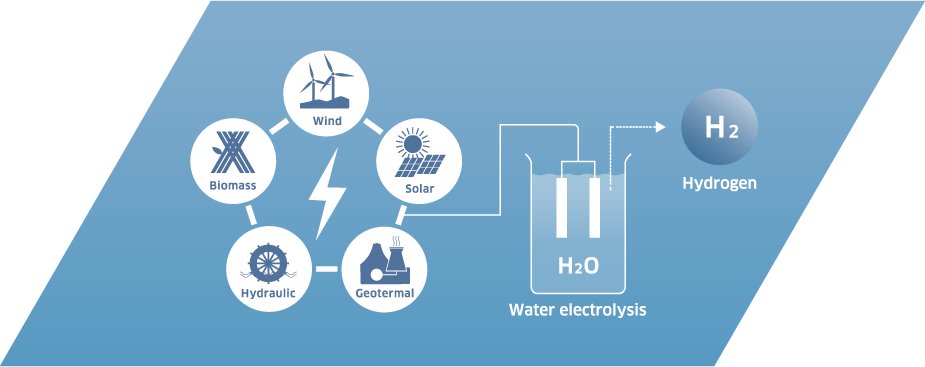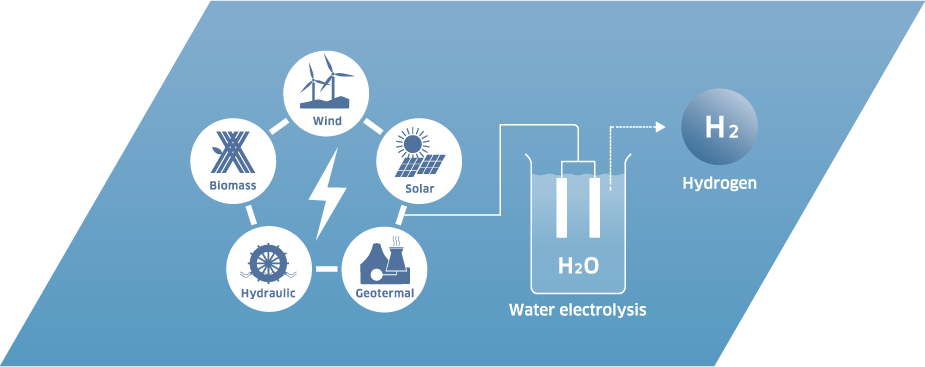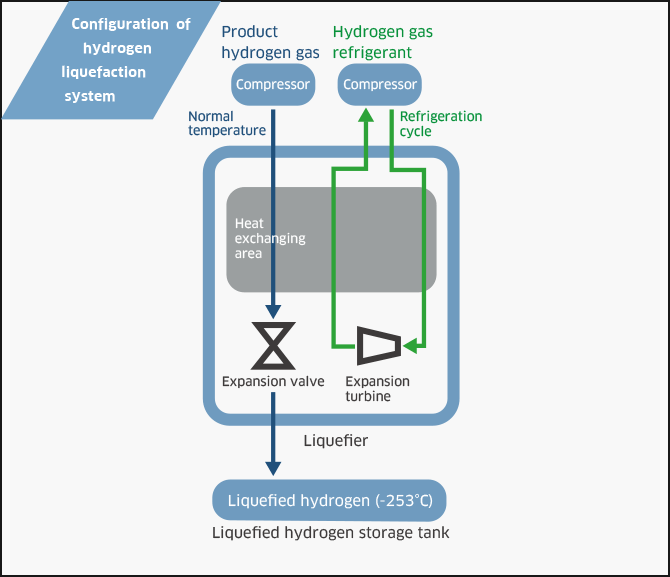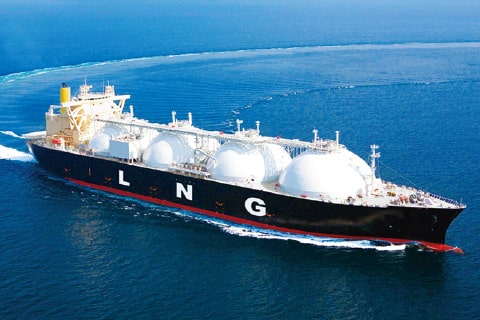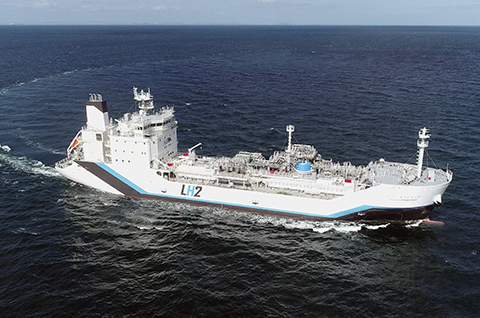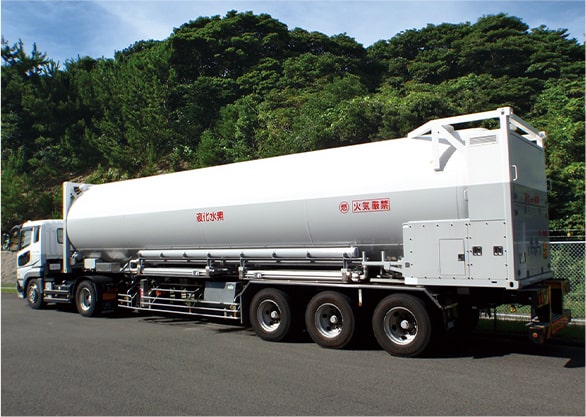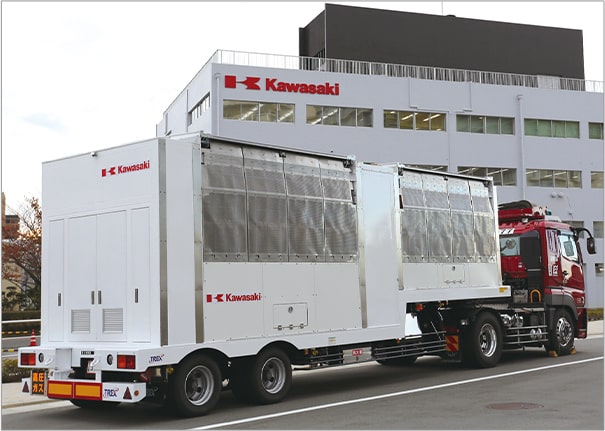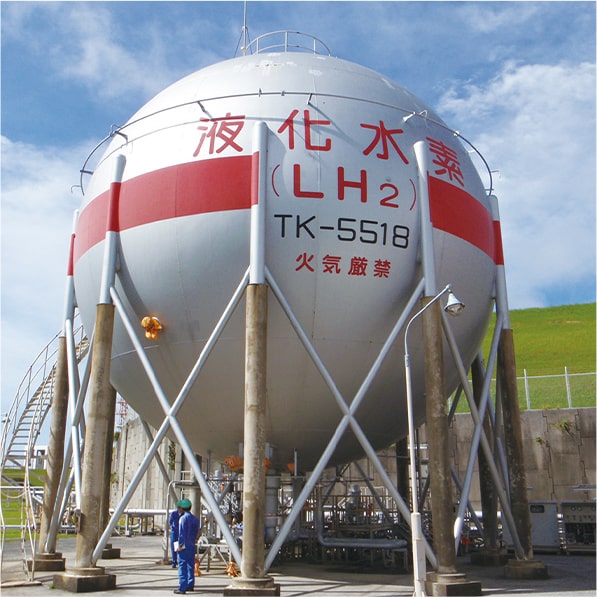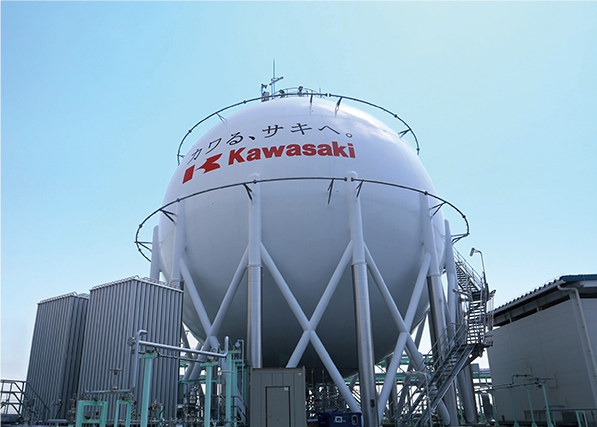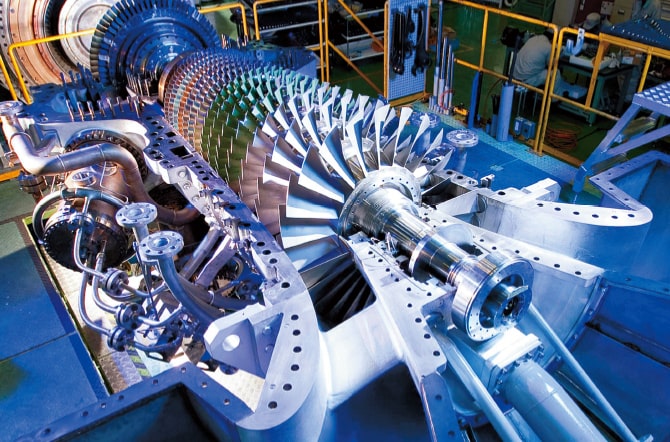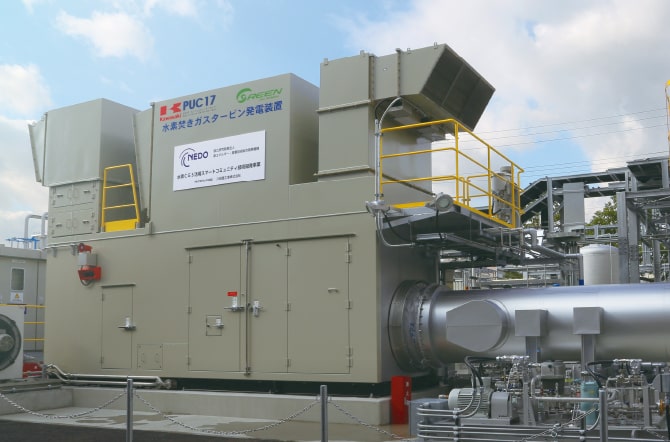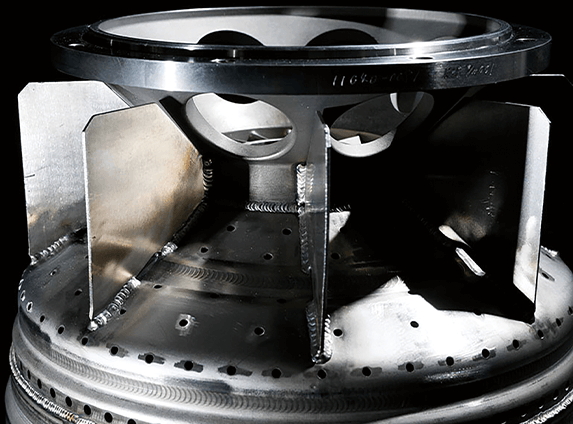

Paving the way for a hydrogen-based society
Kawasaki Vision for the Future
Today, our society is mostly dependent for energy on fossil fuels such as petroleum or natural gas.
This is causing the serious environmental problem of global warming and the risk of natural resource
depletion. “Hydrogen Energy” offers a solution for securing a stable energy supply and the preservation of
the global environment.
Hydrogen has been referred to as the “Ultimate Clean Energy.” It can be used like petroleum as fuel to
power automobiles, and like natural gas to generate electricity.
Besides, unlike fossil fuels, hydrogen does not emit carbon dioxide when combusted to produce energy.
We will be able to continue to drive cars and use electricity with hydrogen.
Our daily lives will not change. But thanks to hydrogen energy, our society can be changed
dramatically.
Through hydrogen energy, Kawasaki hopes to bring a new future to the people of the world.
This
initiative, which draws on the integrated capabilities of the whole Kawasaki Group, has already started.







